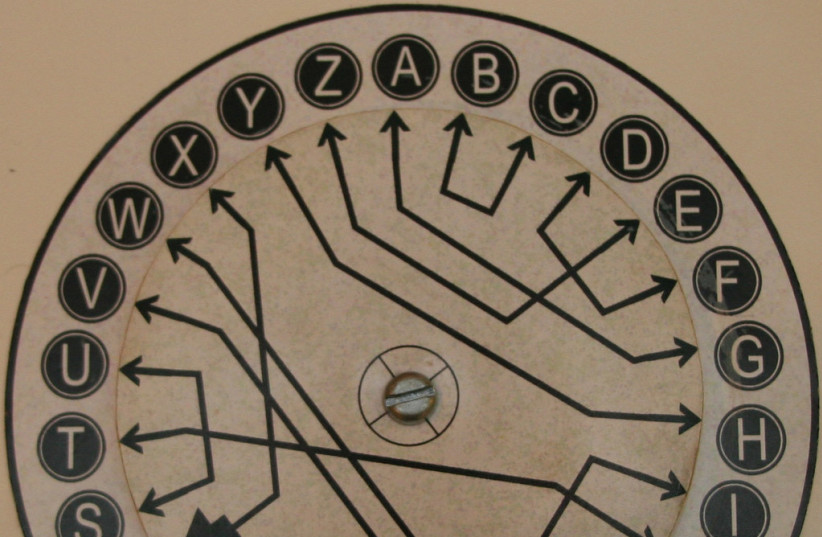A letter written in 1547 by Charles V, king of Spain and Holy Roman Emperor, was rediscovered at the Stanislas Library in Nancy, France in 2019. The letter, sent to the emperor king's ambassador to France, Jean de Saint-Mauris, was partially written in code.
The letter had remained coded for nearly 500 years before the researchers, a team of computer scientists and cryptographers, spent more than 6 months working to translate the complex array of symbols that made up the encryption.
What is in the letter?
In the letter, Charles V gives Saint-Mauris several instructions. Although there was peace at the time between the Holy Roman Empire and France, it was a precarious one, and there were several factors threatening it. Contemporary political turbulence, such as the death of the English King Henry VIII and a protestant rebellion in Germany by an alliance called the Schmalkaldic League, threatened upheaval in Europe.
Charles V asked the ambassador to investigate the legitimacy of rumors that Piero Strozzi, an Italian military leader who at the time was in service to the French, was going to attempt to assassinate him. Strozzi had been the leader of a mercenary army fighting against Charles' forces in the Italian War of 1542–1546.
The Holy Roman Emperor instructed Saint-Mauris to promote a narrative that the Schmalkaldic League's rebellion was insignificant even though, in reality, it posed some challenges. Charles V had a strong interest in maintaining peace with France as renewed conflict with the French King, Francis I would undermine his ability to confront the rebels. Furthermore, should France, England or both lend support to the protestant rebels, it would make Charles' position that much more difficult.
As it happened, no assassination attempt materialized. Additionally, Charles successfully quelled the protestant rebellion in Germany. However, unfortunately for the emperor-king, Francis I died shortly thereafter and his successor, his son Henri II, formed an alliance with German princes. Furthermore, Protestantism remained in Germany.
How was the letter decrypted?
The encrypted parts of the letters used symbols that were particularly complex due to the fact that the symbols represented whole words rather than individual letters as well as the fact that many of the symbols used were written without vowels and instead used diacritical signs, similar to how niqqud operates in Hebrew.
Furthermore, there were many symbols included in the letter which were totally devoid of meaning. These were included to make breaking the code that much more difficult.
To crack the encryption, the researchers created an algorithm to deduce likely meanings and expose decoy symbols. While this worked to an extent, their efforts were greatly aided by the discovery of another coded letter. This second letter had been translated by its contemporary recipient.
The full decrypted letter has not yet been released. According to the BBC, the researchers are planning to wait to release it as part of a formal academic paper.

